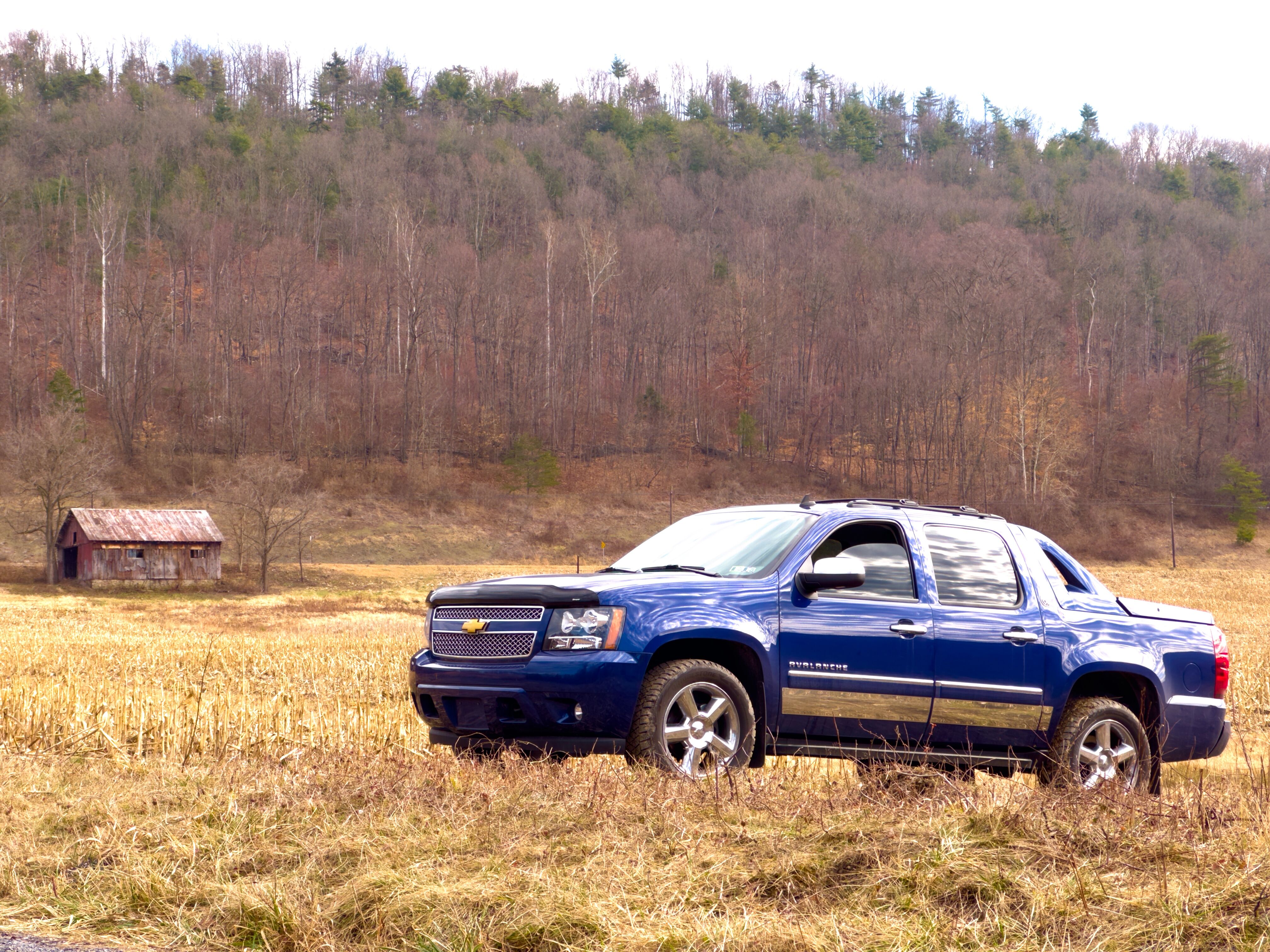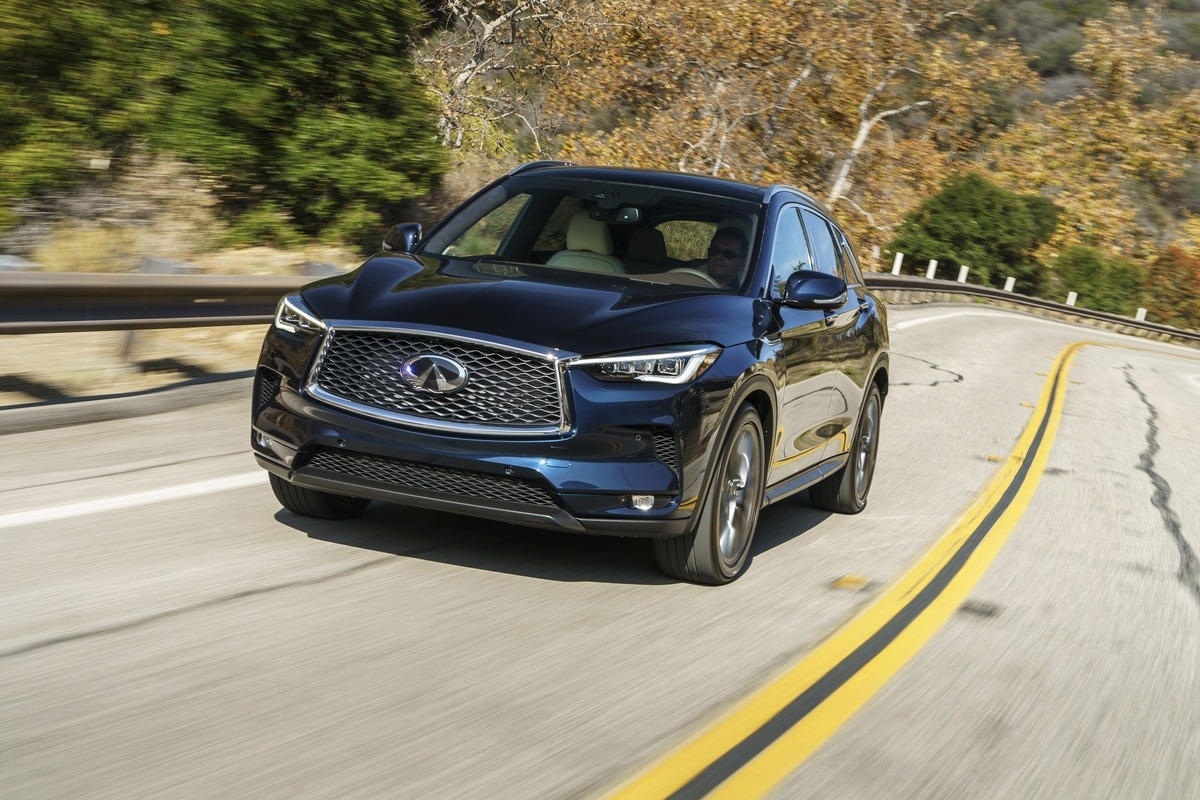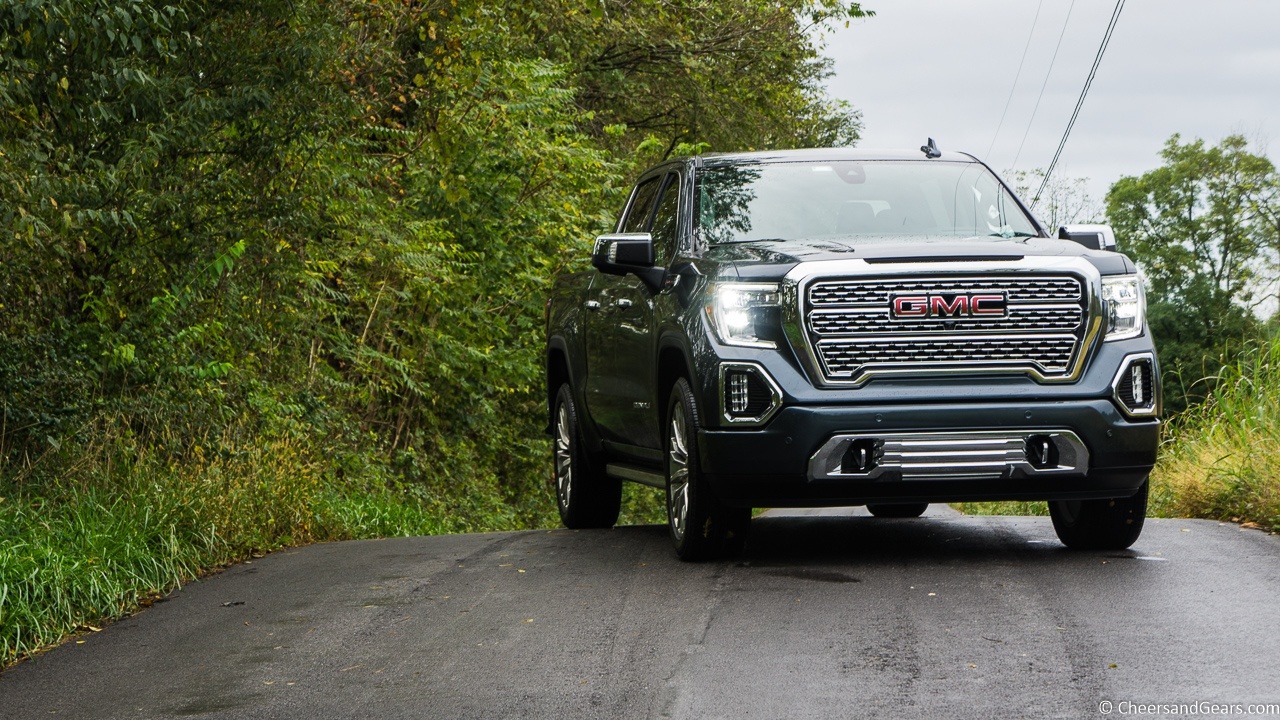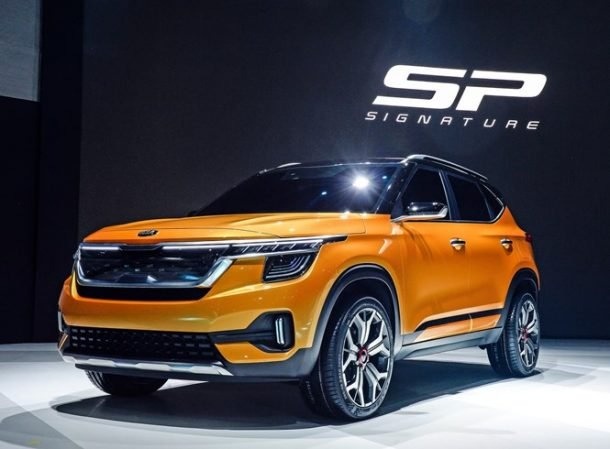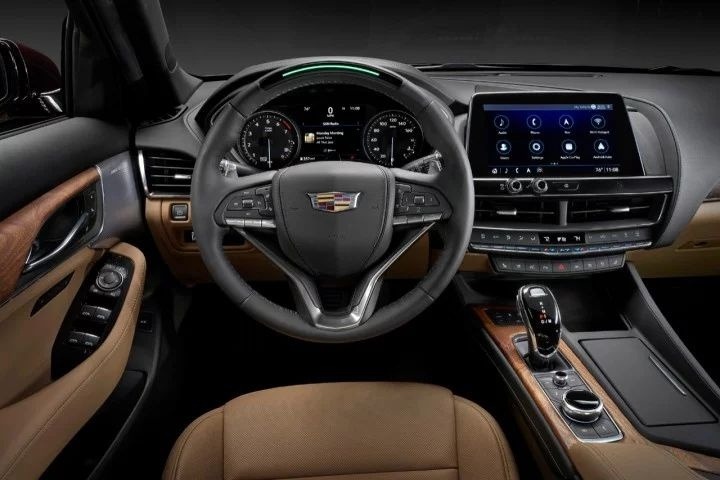-
Posts
55,972 -
Joined
-
Last visited
-
Days Won
543
Content Type
Forums
Articles
Garage
Gallery
Events
Store
Collections
Everything posted by Drew Dowdell
-
FCA US Reports April 2019 Sales; Quarterly Reporting of Sales to Start in Q3 Jeep® Grand Cherokee and Jeep Compass post new April sales records Ram pickup notches best April ever as sales rise 25 percent Overall Ram brand sales reach new high FCA US to report sales quarterly starting Oct. 1 May 1, 2019 , Auburn Hills, Mich. - FCA US LLC notched four U.S. sales records for April, highlighting consumer demand for the company’s brands despite continued softness within the industry. FCA sold 172,900 vehicles in the month compared to 184,149 vehicles for the same period a year earlier. Retail sales accounted for 129,382 vehicles and fleet accounted for 25 percent of total sales. On a year-to-date basis, fleet accounted for 27 percent of total sales. The Jeep® Compass and Jeep Grand Cherokee both reported April records as sales rose 10 percent and 23 percent, respectively. This was the second consecutive month Grand Cherokee set a record monthly high. The Ram brand achieved its fourth consecutive month of record sales for the year, as April sales rose 25 percent to 53,811 vehicles. Ram pickup sales also had their second consecutive month of record sales with 49,106 vehicles sold. "April marks the start of the spring selling season and we anticipate strong consumer spending as we move through May,” U.S Head of Sales Reid Bigland said. "The industry may be shaking off the first-quarter sluggishness, but shoppers are coming into showrooms and buying. We sold more than 300 Jeep Gladiators, which are now starting to arrive in showrooms across the country, and we expect our Gladiator count to continue to rise, reflecting both ongoing demand and the fulfillment of the 4,190 orders taken in early April for the 2020 Gladiator Launch Edition." See the attached table for the breakdown of brand and nameplate sales.
- 1 reply
-
- alfa romeo
- chrysler
- (and 4 more)
-
American Honda Announces April Sales Results May 1, 2019 Civic continues to lead U.S. passenger car sales, driven by strong retail performance Honda truck sales rise 2.7% in April as Passport adds strength and CR-V and Pilot maintain momentum Acura trucks also gain, with RDX surging 17.3% on the way to an overall increase of 6.2% for the month American Honda Total 125,775 +0.1% Cars 57,452 -3.4% Trucks 68,323 +3.1% Total 114,088 +0.2% Cars 54,030 -2.4% Trucks 60.058 +2.7% Total 11,687 -1.7% Cars 3,433 -16.6% Trucks 8,265 +6.2%
-

Infiniti News: Infiniti Admits QX50 Is Not Selling Well
Drew Dowdell replied to Drew Dowdell's topic in Infiniti
Why is infiniti's infotainment system still so bad? It's among the worst -

GM News: Barra Confirms GM is Working On EV Pickup
Drew Dowdell replied to Drew Dowdell's topic in General Motors
Yeah, because the technology hasn't evolved at all. People are buying Tesla, they're outselling Mercedes and BMW. No, 59 units difference is basically flat. -

GM News: Barra Confirms GM is Working On EV Pickup
Drew Dowdell replied to Drew Dowdell's topic in General Motors
I don't see why people buy the Bolt... but people still do. -

Infiniti News: Infiniti Admits QX50 Is Not Selling Well
Drew Dowdell replied to Drew Dowdell's topic in Infiniti
It's not that it was priced too high for the market. It's that they were only building the expensive trims first. It's the same mistake that GM made with the first gen SRX, they built a bunch of high option V8 models and very few V6 models, when it was the lower end that customers wanted at first. You're right though about the QX50. There is nothing special about it. Their variable compression turbo 4 didn't leave me thinking it was any better than a regular turbo 4.... and in fact it was noticeably less refined. -
Making it an all electric with such a tiny range really extra double dog did them in. 58 miles is pathetic. Electric lawnmowers run longer than that.
-

Nissan News: Nissan Sentra Previewed in the Nissan Sylphy
Drew Dowdell replied to Drew Dowdell's topic in Nissan
You'd probably like a Maxima. -
The QX50 was billed as the most important product in Infiniti's lineup this decade, however sales have not met expectations. Year to date sales through March for the QX50 were just 3,583 units. This contrasts starkly with the 12,830 units the larger and more expensive QX60 moved in the same time frame. President of Infiniti Christian Meunier blamed the weak sales on a poor launch of the car due to production issues and a mix of product positioned too high in the market. Infiniti is in the process of correcting the error with a new trim level and more options on the lower trim levels. The Infiniti QX50 is assembled at a new plant in Aguascalientes, Mexico run as a join venture between Nissan Motor Company and Daimler. The plant has suffered from quality control issues and other production problems. Infiniti expect sales of the QX50 to turn around during the summer once the supply chain issues are sorted. View full article
-
The QX50 was billed as the most important product in Infiniti's lineup this decade, however sales have not met expectations. Year to date sales through March for the QX50 were just 3,583 units. This contrasts starkly with the 12,830 units the larger and more expensive QX60 moved in the same time frame. President of Infiniti Christian Meunier blamed the weak sales on a poor launch of the car due to production issues and a mix of product positioned too high in the market. Infiniti is in the process of correcting the error with a new trim level and more options on the lower trim levels. The Infiniti QX50 is assembled at a new plant in Aguascalientes, Mexico run as a join venture between Nissan Motor Company and Daimler. The plant has suffered from quality control issues and other production problems. Infiniti expect sales of the QX50 to turn around during the summer once the supply chain issues are sorted.
-

Cadillac News: Cadillac Drops 2.0T from CT6 In the US
Drew Dowdell replied to Drew Dowdell's topic in Cadillac
@smk4565's goal posts are elusive, hard to pin down creatures. -

GM News: Barra Confirms GM is Working On EV Pickup
Drew Dowdell replied to Drew Dowdell's topic in General Motors
I wonder if they'll do full-size or mid-size. -
Fresh on the news that Ford invested $500 million into electric truck startup Rivian in order to gain access to the startup's EV platform, General Motors CE) Mary Barra confirmed that General Motors is working on an EV pickup of their own. This was during an investors earnings call when Barra said GM has "an industry-leading truck franchise as well as EV capability" and that the company "would not cede our leadership on either front". Talks between Rivian and GM were rumored to have broken down over GM's insistence that they have exclusive access to the platform. If that is the case, then there is a possibility that Ford may not be the only manufacturer other than Rivian to use the skateboard platform. Any EV from GM will likely use GM's new BEV3 platform that it plans to unveil in 2021. GM plans for at least 20 all-electric or fuel-cell vehicles by 2023. View full article
-
Fresh on the news that Ford invested $500 million into electric truck startup Rivian in order to gain access to the startup's EV platform, General Motors CE) Mary Barra confirmed that General Motors is working on an EV pickup of their own. This was during an investors earnings call when Barra said GM has "an industry-leading truck franchise as well as EV capability" and that the company "would not cede our leadership on either front". Talks between Rivian and GM were rumored to have broken down over GM's insistence that they have exclusive access to the platform. If that is the case, then there is a possibility that Ford may not be the only manufacturer other than Rivian to use the skateboard platform. Any EV from GM will likely use GM's new BEV3 platform that it plans to unveil in 2021. GM plans for at least 20 all-electric or fuel-cell vehicles by 2023.
-
Apparently Rivian wants to put chargers in "active lifestyle" locations.... so parking for trail heads, ski resorts, stuff like that. Places where you go and stay a while anyway so you don't mind if your vehicle is nursing on the grid while you head down a black diamond.
- 26 replies
-
- 1
-

-
- charging
- charging stations
-
(and 4 more)
Tagged with:
-

Cadillac News: Cadillac Drops 2.0T from CT6 In the US
Drew Dowdell replied to Drew Dowdell's topic in Cadillac
Cadillac's flagship is and has been the Escalade for more than a decade. I still think Cadillac's strategy is going to be offering the largest vehicle in a price class. The CT5 aligned against the 3-series, the CT6 aligned against the 5-series, etc. -
Sometimes sibling rivalries work. Such is the case with Hyundai and Kia. Hyundai unveiled the tiny crossover Hyundai Venue this month at the New York International Auto Show. Once it hits the market, it will be the shortest crossover available. One of the downsides of the Venue and its main rival the Nissan Kicks is the lack of all-wheel drive. Even Kia's own Soul does not have all-wheel drive. Kia, with an eye on the Venue, is looking for its own small crossover, but with all-wheel drive capability. They recently showed the Kia SP Signature Concept which shares its dirty bits with the next generation of the Hyundai Creta, a small SUV only sold overseas. Still larger than the Venue, this model is likely to see production for the US market under the Kia badge. The timeline for such an introduction is still uncertain, but it could happen as soon as the Los Angeles Auto Show late in 2019. View full article
-
Sometimes sibling rivalries work. Such is the case with Hyundai and Kia. Hyundai unveiled the tiny crossover Hyundai Venue this month at the New York International Auto Show. Once it hits the market, it will be the shortest crossover available. One of the downsides of the Venue and its main rival the Nissan Kicks is the lack of all-wheel drive. Even Kia's own Soul does not have all-wheel drive. Kia, with an eye on the Venue, is looking for its own small crossover, but with all-wheel drive capability. They recently showed the Kia SP Signature Concept which shares its dirty bits with the next generation of the Hyundai Creta, a small SUV only sold overseas. Still larger than the Venue, this model is likely to see production for the US market under the Kia badge. The timeline for such an introduction is still uncertain, but it could happen as soon as the Los Angeles Auto Show late in 2019.
-
Cadillac's SuperCruise is currently considered the best of the hands free driving systems on the market, but some recent upgrades to Tesla's AutoPilot are pushing Cadillac to innovate further. Cadillac plans to roll out SuperCruise to all of its models starting with the 2020 model year. Before that happens, Cadillac has some updates in store. Cadillac is able to push updates to the SuperCruise system via an over the air package. While not considered a "next generation" of SuperCruise, Cadillac will be adding capabilities. Those could be features like automatic lane changes and wider availability of the system on interchanges. In addition, the just released Cadillac CT5 gets slightly upgraded hardware over the CT6. One area where Cadillac has made improvements is in feedback to the driver. If SuperCruise can't see road markings due to poor road conditions like snow or heavy rain, the system will display a message as to why it cannot engage. SuperCruise monitors data from customers and they analyze why the system disengages. This data is then used for further development and refinement of the system. Cadillac said in vehicles so equipped that 70 percent of all highway miles driven are traveled with SuperCruise active.
-

Cadillac News: Cadillac Drops 2.0T from CT6 In the US
Drew Dowdell replied to Drew Dowdell's topic in Cadillac
The 3.6 with the 10-speed in such a light for its size vehicle is fine as a base powertrain. Why shouldn't the CT6 compete with the E300 by offering a V6 in place of a 4-cylinder? -
-
Well, so much for that...
-
I'd take on with an automatic at $151 a month, but like @ocnblu I would go way over on mileage... though not quite as far.
-
We've been reporting that the future of SMART in the U.S. was uncertain. In an email to TechCrunch, Daimler has announced that SMART will end sales of their one model, the SMART EQ Fortwo, at the end of this model year. Mercedes-Benz dealers in the US and Canada will continue to service and support SMART owners. The SMART EQ Fortwo is a electric only vehicle with a range of about 58 miles. SMART stopped selling the gasoline version of the car after 2017. Daimler is not killing the brand entirely. They have joined with Chinese manufacturer Geely to produce the SMART brand for China and other global markets. SMART vehicles are the primary vehicle in car sharing company Car2Go's fleets. Car2go recently rebranded to ShareNow in partnership with BMW and has added CLA and GLA models to its fleet. View full article

